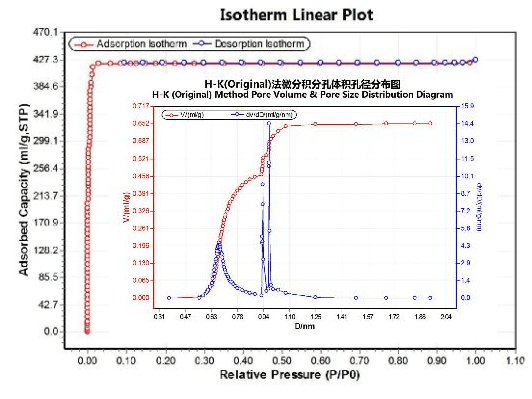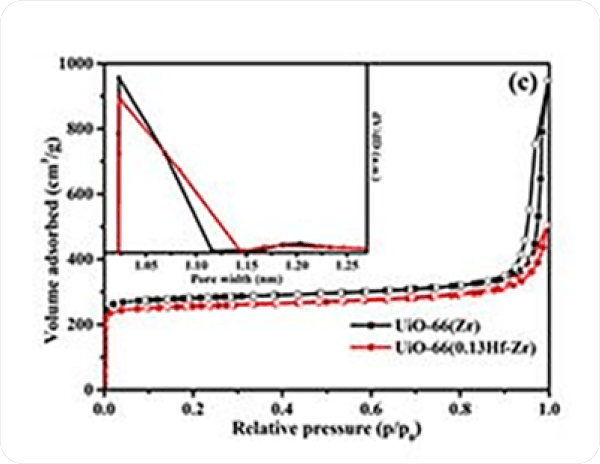Hydrogen Storage Metal Solution
Introduction
introduction to Adsorption Solution for Hydrogen Storage Metal
Hydrogen storage using metal hydrides is a highly efficient and safe method for storing hydrogen. This solution focuses on optimizing the adsorption process with metal hydrides to maximize storage capacity and efficiency.
Process Optimization:
Adsorption Kinetics
- Optimize contact time between hydrogen and metal hydride to maximize adsorption rates.
- Use dynamic adsorption models to predict and enhance adsorption performance
Temperature and Pressure Control
- Maintain optimal temperature and pressure conditions to maximize adsorption capacity.
- Implement advanced control systems to ensure stable and efficient operation.
Regeneration of Metal Hydrides
- Develop efficient regeneration methods to restore metal hydride capacity.
- Utilize thermal or vacuum regeneration techniques to desorb hydrogen from metal hydrides.
Performance Evaluation
01
Adsorption Capacity
- Measure the amount of hydrogen adsorbed per unit mass of metal hydride.
02
Adsorption Kinetics
- Measure the adsorption rate under constant pressure
03
Temperature and Pressure Control
- TPA (Temperature Programmed Adsorption) to optimize the temperature of hydrogen adsorption
- TPD (Temperature Programmed Desorption) to optimize the temperature of hydrogen desorption.
- Pressure Swing Adsorption (PSA): Utilizes pressure variations to adsorb and desorb hydrogen efficiently.
04
Durability and Stability
- Assess the long-term stability and durability of metal hydrides under operational conditions.
- Perform cyclic adsorption-desorption tests to ensure consistent performance.
BSD Model Selection: PH (0-200 bar adsorption analyzer, PCT Platform) PHE (Kinetics) PHEM (kg level sample absorption and desorption analysis)

Conclusion
Conclusion
Implementing an optimized adsorption solution for hydrogen storage using metal hydrides can significantly enhance storage efficiency and capacity. By selecting appropriate metal hydrides, optimizing storage conditions, and refining process parameters, we can achieve higher hydrogen storage densities with lower energy consumption. This solution supports the advancement of hydrogen as a sustainable and environmentally friendly energy carrier.



